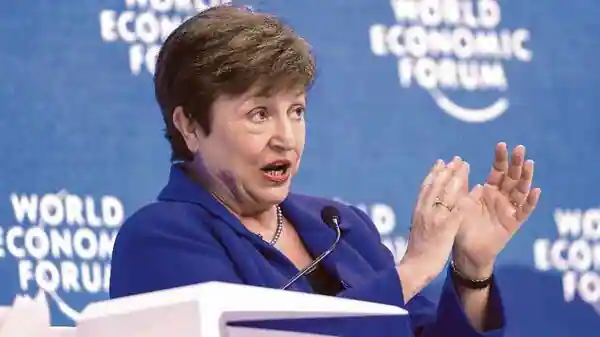This month’s digital currency crash in the wake of a US Fed rate hike featured a Terra quake that evoked talk of rules to help us tell flaky tokens apart. As a concept, crypto was unshaken
Cryptosceptics have had much to gloat about this month, just as a policy pull-back of easy money began to harden its worldwide impact. With ‘game over’ signs flashing large for the great asset chase of covid times, big-risk-mega-return stuff was sure to get whacked first—and crypto duly did. The market value of all digital tokens was placed at nearly $3 trillion last November, before the US Fed signalled its policy shift, but had lost a third of that sum by mid-April, and has lost an even larger chunk since then, mostly after the US Fed’s sharp rate hike of 4 May and the Terra quake in its wake. Concept champion Bitcoin was hit hard. Since it was hailed once as a hedge of the digital age against central bank follies that debase fiat currency, this drew chuckles of irony from critics. But then, Bitcoin’s pandemic spikes spoke of its success as a speculative punt more than anything else. A unit available for under $10,000 in early 2020 had shot past $60,000 by mid-April 2021; it dropped by half, and then soared to an even higher peak last November before it halved again. Yet, despite its dizzying yo-yo moves, Bitcoin is still held in portfolios by long-horizon investors. As for irony, the real rout this season was among ‘stablecoins’.
The shake-up of May was the crash of Terra, an ‘algorithmic stablecoin’. In contrast with volatile cryptos, stablecoins were digitally minted for their value to be pegged (or flexibly linked) to a trusted currency, reserves of which—in cash, sovereign bonds and/or other safe assets—are meant to be held in a back-up vault. Say, like the US dollar was once backed by gold and offered by the Fed in exchange. Stability, it was reckoned, would earn trust and grab users. But Terra had a creaky peg that cracked up on 9 May. It was ‘pegged’ to Luna, a stablemate token issued by Terraform Labs that users could convert it into (at a dollar’s worth of one for the other). As money fled dubious assets, Terra faced a run of redemptions. By design, this set off a supply surge of Luna, whose own market value went poof amid a big sell-off; it was soon worthless. As Terraform had to offload other cryptos held in reserve (like Bitcoin) under exit pressure, the splinters of its smashed peg hit other prices as well. In a salvage operation, Terraform now wants to carve up its underlying blockchain of online ledgers, but this may prove futile.
Digital tokens differ vastly. Another software-run and crypto-backed coin, Dai, which had a less dicey formula, has held up okay, peg-wise, while the top stablecoin Tether only saw its $1 peg wobble a bit. Since faith in such chips is partly a function of actual reserves held for conversion, strict rules of stash disclosure could act as a market stabilizer. On Monday, the IMF’s head called for regulation at Davos while hailing the benefits of crypto. “It offers us all faster service, much lower costs and more inclusion,” Kristalina Georgieva said, “but only if we separate apples from oranges and bananas.” That’s a job for regulators. Even cryptosceptics can’t deny that digital tokens could yet turn out to be the future of money, given their versatility. Moving cash across borders has cheapened. As e-currency can be asked to do just as it’s told (oddly called ‘smart money’), such as paying up only if preset terms are met, cryptos don’t just offer a platform for novel services (‘de-fi’), they let us re-imagine banking as we know it. Unlike flaky coins, crypto’s survival as a concept is not in doubt.

Source:livemint.com

